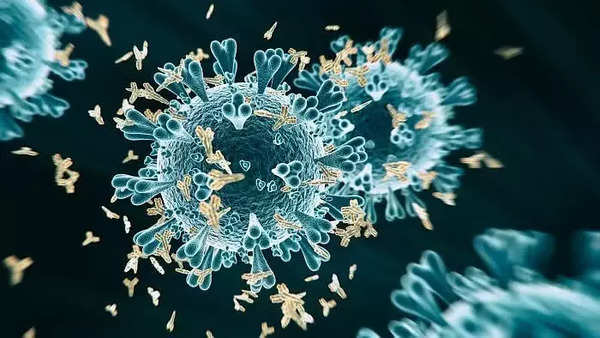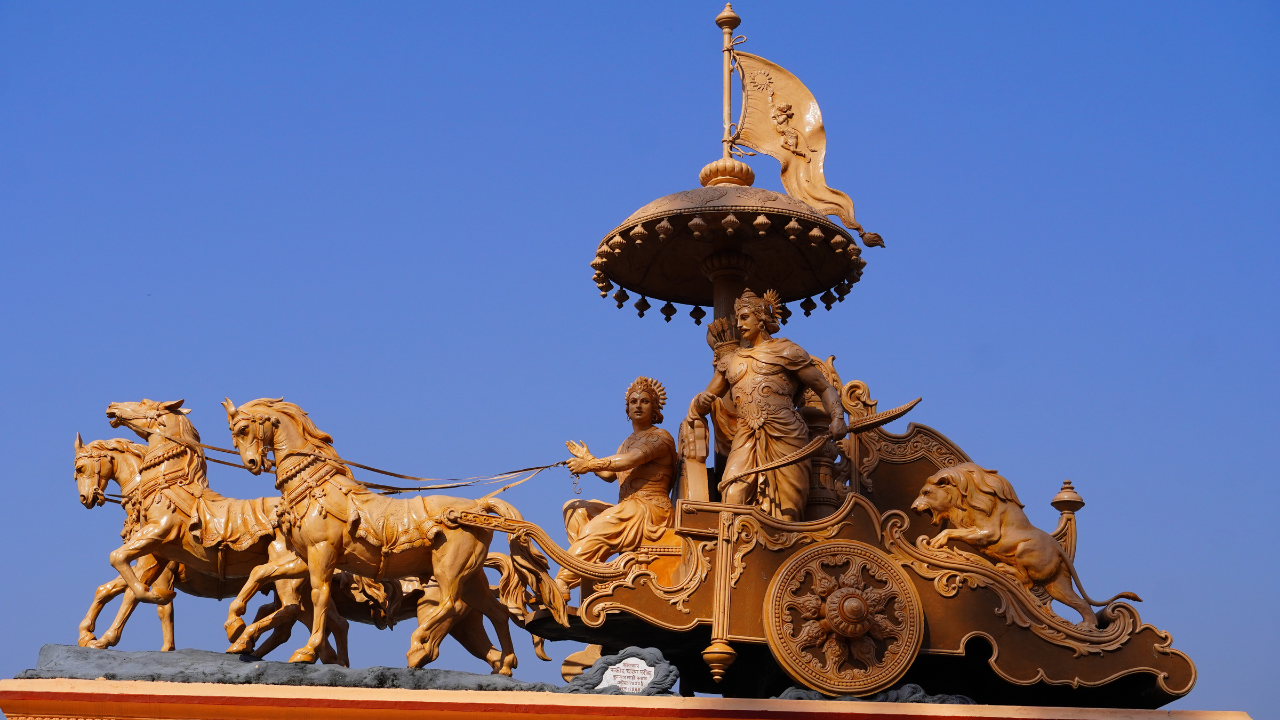The discovery of the third state
It has been said that death marks the permanent cessation of all bodily functioning. But with the discovery of a “third state,” researchers at the University of Washington and City of Hope Medical Center, under the direction of Professor Peter Noble and Dr. Alex Pozhitkov, have cast doubt on this theory. In this transitional condition, some bodily cells continue to grow and operate between life and death.
They discovered in their research that certain cells continue to function even after an organism dies. They don’t just make it through; they start taking on new roles. For instance, skin cells in dead frogs were able to navigate their environment by developing microscopic, hair-like structures called cilia—a feature not observed in living frogs.
What is the science of organ donation?
One of the most prominent examples of this third condition is organ donation. An individual’s organs, tissues, and cells can function after they have been technically declared dead as long as they receive the necessary oxygen and nutrition. Following their transplantation into living recipients, these organs assume their pre-transplant functions within a new body.
This phenomenon has raised new concerns regarding the role that bioelectricity and biochemical signals play in the process of cells continuing to operate after death. Cell membranes function like electrical circuits that maintain contact long after a cell dies.
What are the living cells in a dead body?

The research has also demonstrated that cells occasionally can self-organise and carry out functions for which they were not intended. Using frog cells to create “xenobots” is an example. These microscopic organisms can move around on their own and heal themselves. Similarly, human lung cells were found to be able to reassemble into new organisms called “anthrobots” that could move and repair their own cells after the human body was dead.
These findings suggest that even after an organism’s main activities have stopped, individual cells within the organism might still exhibit remarkable adaptation in surprising manners to new settings.
Ways to overcome mental health stigmas
What are the potential implications of this discovery?
A fresh understanding of this life state could lead to revolutionary discoveries in the field of medicine. For example, living cells can be extracted and repurposed to deliver medications without triggering the immune system to generate anthropobots. These altered cells could be used to clear clogged arteries or treat conditions like cystic fibrosis.
These multicellular organisms must be made to spontaneously decay after a few weeks since this reduces the likelihood of unchecked, catastrophic growth.
Because life may continue through cells and organs beyond death, the concept of personalised medicine—where therapies are precisely tailored to each patient’s unique biology—is made conceivable.




